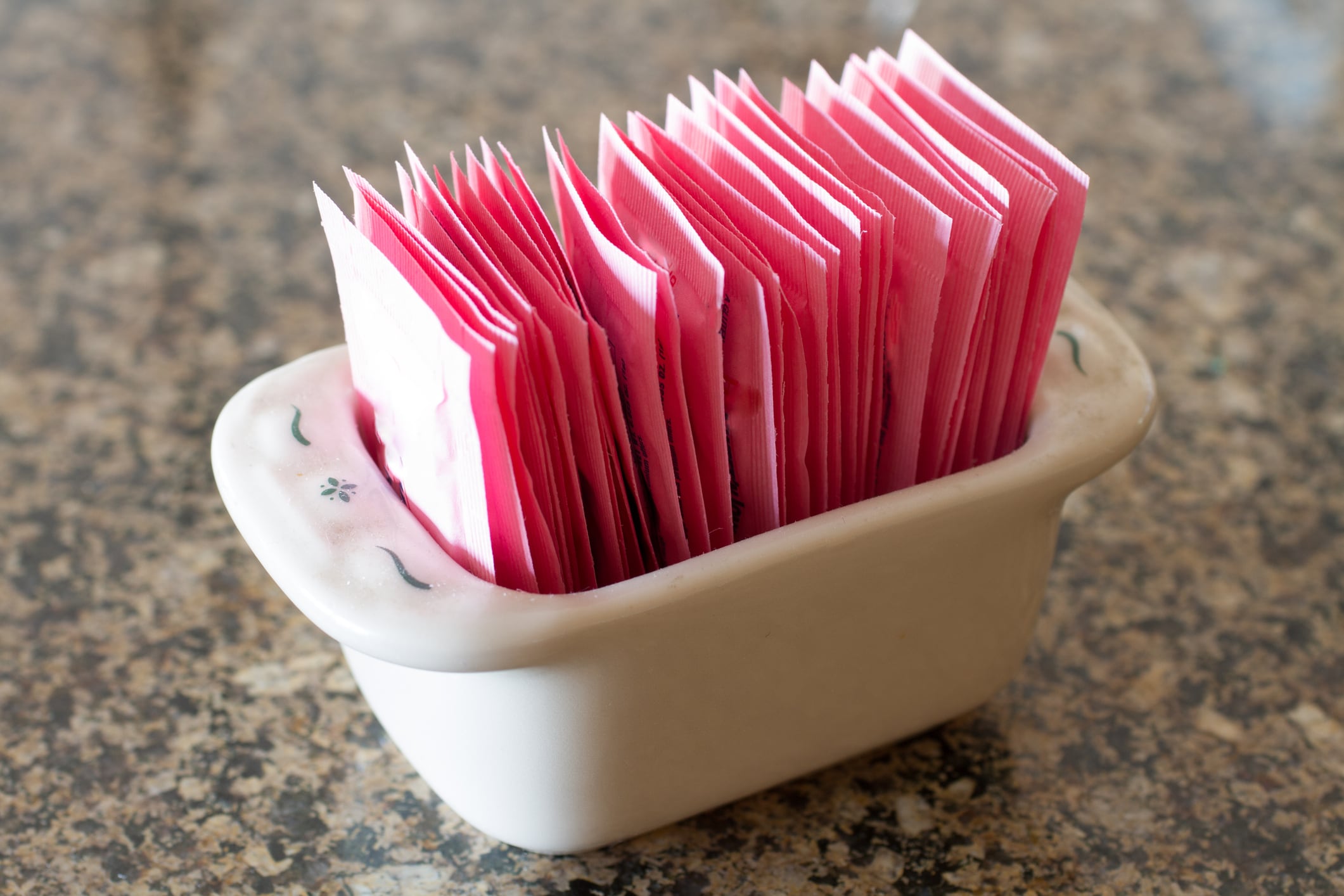Saccharin, an artificial sweetener developed in the 19th century, is still found in drinks and food products today.
In the US, the FDA has regulated its use since the 1970s and the federal agency continues to approve its use under certain conditions, including in processed foods and as a sugar substitute. In the EU, the ingredient is also deemed safe for human consumption, with EFSA having increased the acceptable daily intake level from 5mg per kilogram of body weight to 9mg in 2024.
According to Diabetes UK, saccharin is 200 to 700 times sweeter than sucrose, does not raise blood sugar levels and has no calories. It used to carry a health warning label in the US due to links with cancer, but these links were proved irrelevant through more than 30 human studies, with the warning label subsequently removed in year 2000.
Recently, a group of academics discovered that saccharin harbors antimicrobial properties, meaning that it can kill pathogenic bacteria similarly to how antibiotics work.
The research, published in EMBO Molecular Medicine, builds on existing findings of the ingredient’s antimicrobial activity but furthers knowledge into how cells respond to exposure to saccharin.
They found the sweetener interferes with DNA replication and disrupts bacterial growth (causing cell death), and also stops bacteria from forming biofilms, the protective layers that prevent antibiotics from killing pathogens.
The findings have the potential to tackle the antimicrobial resistance crisis, the authors explained.
Biofilms produce a global burden of around $386.8 billion in the healthcare systems, according to Cámara et al, 2022.
“We show that saccharin has potential as a potent antimicrobial and can significantly inhibit the growth of MDR E. coli, S. aureus, K. pneumoniae, A. baumannii and P. aeruginosa,” the authors stated. “We further show that saccharin can inhibit biofilm formation, which is a cause of infection treatment failure.
“As the realities of a potential post-antibiotic era are beginning to be seen with the increasing prevalence of pan-drug-resistant pathogens in hospitals, the urgent need for novel therapeutics is being exacerbated.
“Here, we have identified a compound in saccharin with previously unrecognised therapeutic potential, overcoming classical limitations associated with many frontline antibiotics, such as the inability to treat established biofilms or to be integrated into hydrogel wound dressings.
“It also has the capacity to potentiate the activity of frontline antibiotics, re-sensitising previously resistant bacteria.
“The future therapeutic development of non-classical antimicrobials such as saccharin is likely to be critical to our capacity to effectively control and treat MDR pathogens in the coming decades,” the authors concluded.
Source:
Saccharin disrupts bacterial cell envelope stability and interferes with DNA replication dynamics
Rubén de Dios, et al
EMBO Mol Med (2025)

